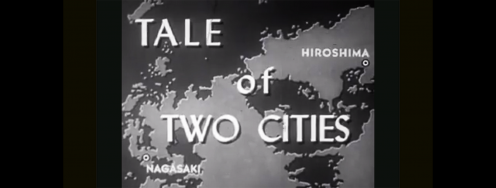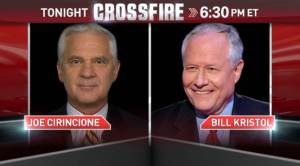The Fukushima Saga, Cont.
More than a year after the Tohoku earthquake rocked Japan, concerns about the safety of the Fukushima nuclear facility persist. Fortunately, through efforts like that of Senator Ron Wyden (D-OR), it seems that we are moving forward toward better nuclear policies and practices.
After a visit to the facility, Senator Wyden penned a letter to Secretary of State Hilary Clinton; Gregory Jaczko, chairman of the U.S. Nuclear Regulatory Commission; and Ichiro Fujisaki, Japan’s ambassador to the United States warning of the dangers that remain.
Reactor No. 4 houses a storage pool that contains 1,535 spent nuclear fuel rods, more than any other reactor at the plant. If damaged, these rods could emit radiation at much higher levels than that of the Chernobyl disaster. Mitsuhei Murata, a professor emeritus at Tokaigakuen University, states that, “the existence of the No. 4 reactor has become a major national security issue for the entire world that does not take a back seat even to North Korea’s missile issue. If an accident should occur at the No. 4 reactor, it could be called the start of the ultimate catastrophe for the world.”
That means that the danger from the destroyed reactors isn’t over. Senator Wyden’s letter warned that in the event of another devastating earthquake or tsunami, the storage pool holding these spent fuel rods could collapse causing massive damage. Others have also warned of the lingering threat. The Wall Street Journal stated that the damage from a reactor being destroyed in another catastrophe would result in “an even greater release of radiation than the initial accident.” Robert Alvarez, a senior scholar at the Institute for Policy Studies, has previously identified that the spent nuclear fuel at Fukushima “contains roughly 85 times more long-lived radioactivity than released at Chernobyl…” and that these nuclear fuel rods “still sit in pools vulnerable to earthquakes.”
Although Tokyo Electric Power Co. (TEPCO) claimed in a press release that the reactor is safe and secure, many doubt the credibility behind their assurance. Murata explains, “The trust in the central government and TEPCO, which allowed the accident to happen, has fallen around the world. There is no nation that wholeheartedly believes these releases.”
To help mitigate the threat, Senator Wyden suggests more work should be done to remove these dangerous fuel rods, stating that, “the United States is prepared to provide all forms of support for such efforts.” The U.S. has also developed plans to form a “neutral and independent evaluation committee” to examine the ongoing situation at the Fukushima plant. To be comprised of experts from around the world, the group will likely consider ways to resolve the issue and suggest possible solutions to increase safety and security.
Ongoing nuclear threats from Fukushima remind us of the inherent danger in nuclear technology, whether in a nuclear power plant or a bomb. As long as the world relies on nuclear energy, we will face the constant challenge of safeguarding against nuclear accidents, theft or terrorism. The Fukushima catastrophe of March 2011 was one of the most expensive and devastating manmade disasters in nuclear history. Thanks to the efforts of leaders like Senator Wyden, we are one step closer to addressing this threat.




